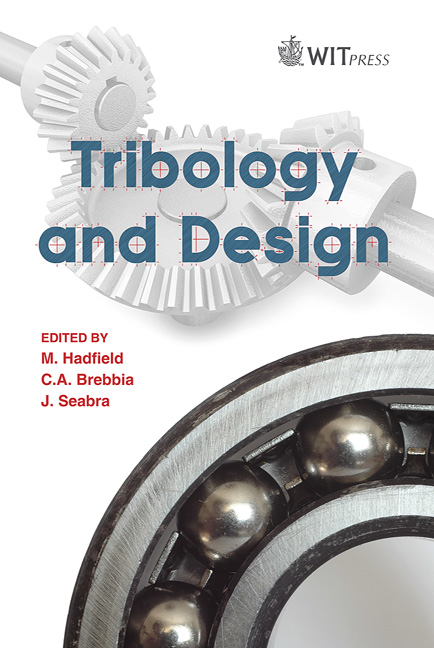Plasma Electrolytic Oxidation (PEO) Coatings On A Zirconium Alloy For Improved Wear And Corrosion Resistance
Price
Free (open access)
Transaction
Volume
66
Pages
12
Page Range
183 - 194
Published
2010
Size
2,923 kb
Paper DOI
10.2495/TD100161
Copyright
WIT Press
Author(s)
Y. Chen, X. Nie & D. O. Northwood
Abstract
Zr oxide coatings were deposited using plasma electrolytic oxidation (PEO) on Zr-2.5wt%Nb (Zr-2.5Nb) alloy, which is currently used for pressure tubes in the CANDU nuclear reactor. The effects of two PEO processing factors, electrolyte concentration and current density, on the microstructure and properties of the coatings were systematically investigated. The coating morphology and chemical composition were determined using scanning electron microscopy (SEM) and energy dispersive X-ray analysis (EDX). Potentiodynamic polarization corrosion testing was used to examine the corrosion resistance of the coatings in a dilute aqueous, LiOH solution. Pin-on-disc wear tests were performed under dry and lubricated sliding conditions. SEM was also used to characterize the wear traces on the coated and uncoated surfaces. A 30-day autoclave experiment was carried out to study the corrosion performance of the Zr-2.5Nb substrate, PEO coatings and a commercial autoclaved black oxide coating. Based on the results of this research, recommendations are made as to processing parameters for the production of oxide coatings with improved wear and corrosion resistance. Keywords: Zr-2.5Nb, PEO, commercial black oxide coating, corrosion and wear resistance, autoclave. 1 Introduction Zr-2.5wt%Nb (hereafter, referred to as Zr-2.5Nb) has been used in CANDUPHW type nuclear reactors for the manufacture of pressure tubes (PT) because of its low neutron absorption cross-section, high corrosion resistance, high strength and creep resistance [1–4]. The inside surfaces of the PTs are in contact with
Keywords
Zr-2.5Nb, PEO, commercial black oxide coating, corrosion and wear resistance, autoclave





